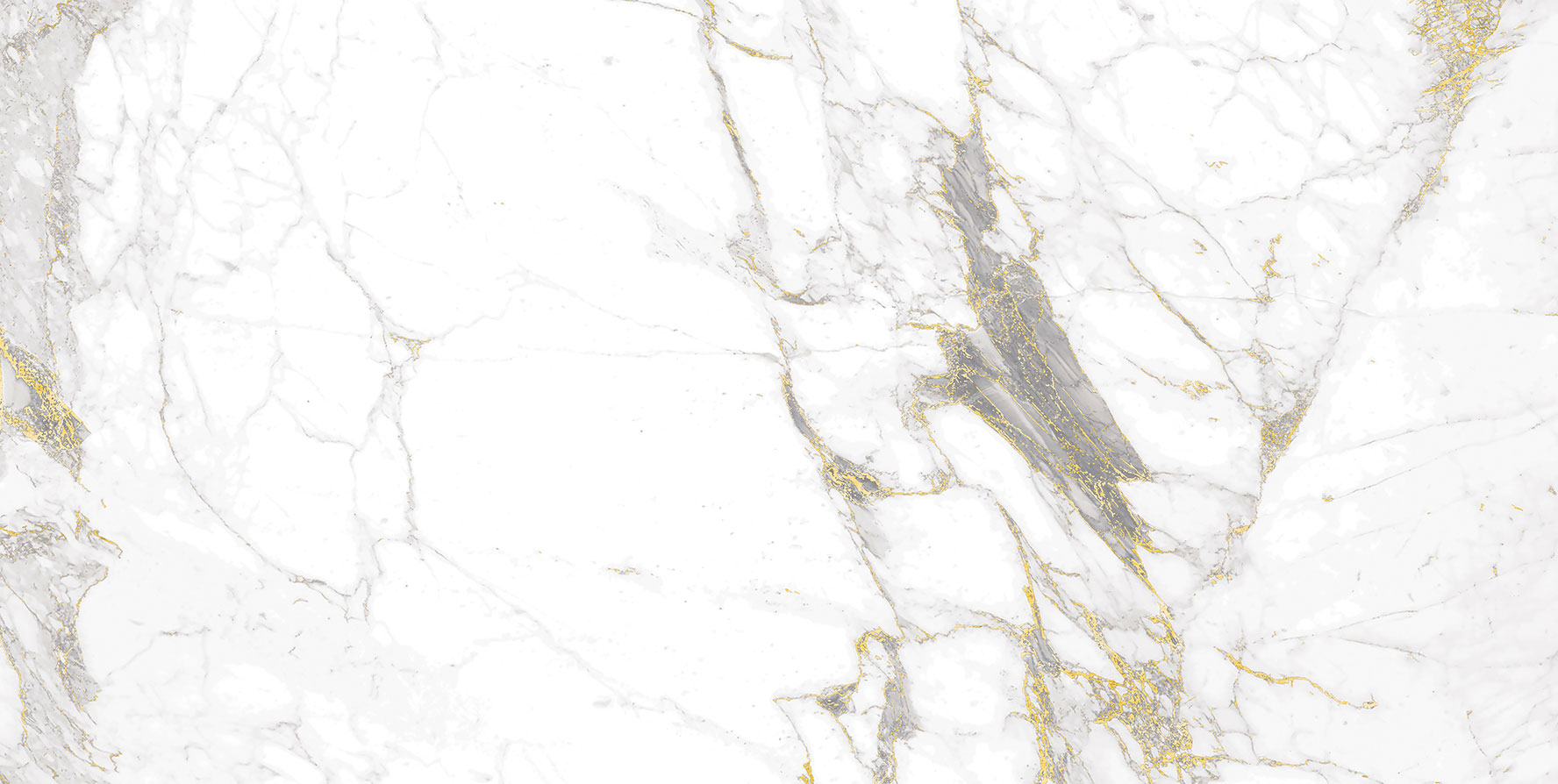Liposuction is a surgical procedure that may be considered by individuals seeking to remove localised areas of fat that have not responded to diet and exercise.
Liposuction—also known as lipoplasty, suction-assisted lipectomy, or simply “lipo”—is a surgical procedure that involves the removal of localised fat deposits using a thin, hollow instrument called a cannula. It may be considered by individuals who wish to address specific areas of fat that have not responded to lifestyle measures such as diet and exercise.
Liposuction may be considered by individuals who have maintained a healthy lifestyle but continue to experience persistent fat deposits in specific areas of the body that have not responded to diet and exercise.
What is involved in liposuction?
Liposuction is a surgical procedure designed to remove localised fat deposits from targeted areas of the body. It is generally considered when certain areas of fat remain despite maintaining a balanced diet and regular physical activity.
Commonly treated areas can include the abdomen, thighs, buttocks, arms, neck, and the area beneath the chin. The procedure is planned on an individual basis, taking into account your anatomy, goals, and overall health to determine suitability.
There are several techniques used in liposuction, each with its own approach and clinical considerations. These include:
- Tumescent Liposuction – This is a widely used technique that involves the injection of a solution into the treatment area to help reduce bleeding, soften the fat, and make removal more controlled. A small, hollow instrument called a cannula is then used to suction out the fat. This method is known for producing consistent outcomes and may be appropriate in many cases.
- Ultrasound-assisted liposuction (UAL) – This technique uses ultrasound energy transmitted through a specialised cannula to liquefy fat before it is removed. This approach may assist in fat removal in dense or fibrous areas. However, this technique carries specific risks, and suitability is assessed on a case-by-case basis.
- Power-assisted liposuction (PAL) – Power-assisted liposuction uses vibration of the cannula to help extract fat faster. The vibration breaks up the fat, so it is easier to remove by suction. This technique is similar to ultrasound-assisted liposuction, however, it uses a lower high frequency vibration to achieve a similar effect.
Book a consultation to discuss which technique is most suitable for you and your body today.
Liposuction Recovery
Minor swelling, bruising and possible minor discomfort is inevitable post-surgery but can be controlled through medication prescribed by your doctor. Scarring may take time to heal but it will mature over time, and become minimal and barely visible.
During recovery, you will be required to wear a garment for three weeks. Some patients require assistance after surgery for the first week or two to help perform day-to-day activities, including driving. Your final results may not be able to be seen until around a few months post-operation.
What to know before liposuction
You will need to be in good health and remember, liposuction is not a weight loss surgery or weight loss alternative. You will need to lose the bulk of your excess weight and be in a healthy condition before the surgery. This includes a healthy maintained diet and quitting smoking if this applies to you.

Ask a Question
Please complete the form and one of our friendly team members will be in touch to answer any questions you may have.
Book an Appointment
To book an appointment please complete the form and a member of our friendly team will be in contact to confirm your request.
Risks associated with liposuction
Any invasive surgical procedure poses risk. These risks will be discussed with you in detail at your consultation.
- Anaesthesia – Some patients experience an adverse reaction to the anaesthesia. If you’ve experienced a bad reaction to anaesthesia before it is crucial you mention this to your surgeon during the consultation.
- Bleeding – Bleeding can occur and while a little light bleeding is no concern, excessive bleeding may require a return to the operating theatre. Fortunately, this is rare.
- Bruising (Ecchymosis) – Bruising after liposuction, or discolouration of the underlying skin, is not uncommon but should subside during recovery.
- Infection – You will be provided with the right antibiotics to prevent any posed risk of infection. Following postoperative care procedures is the best way to avoid any risk of infection.
- Numbness – It is rare for permanent numbness to occur; however, it is possible and something to keep in mind.
- Poor Scar Healing – Noticeable healing and bad scarring are extremely rare. Poor scar healing is virtually unheard of when postoperative scar care is followed closely.
- Revision Surgery – Some patients choose to come in for a second surgery to help better achieve their desired results.
Liposuction FAQs
Dr Leo Kim and his experienced team have answered frequently asked questions regarding this surgery. If you have a separate question or concern, don’t hesitate to get in touch with our team.
Both liposuction and abdominoplasty (tummy tuck) are surgical procedures that may improve the contour of the abdominal area. However, they serve different purposes and are suitable for different concerns.
Liposuction involves the removal of localised fat deposits and may be appropriate if you have good skin tone and minimal excess skin. It is less invasive than a abdominoplasty and typically has a shorter recovery period.
Abdominoplasty is a more extensive procedure that involves removing excess skin and tightening the underlying abdominal muscles. It may be considered in cases of significant skin laxity or muscle separation, often following pregnancy or substantial weight loss.
Determining which procedure is most appropriate for you depends on multiple factors, including your anatomy, overall health, treatment goals, and the clinical advice of your surgeon. Dr Leo Kim will assess your individual circumstances and provide guidance during your consultation.
You will be required to wear a compression garment every day for three weeks, removing them only to shower. After three weeks, you can start removing the garment when going out and only wearing them for comfort and support.
Care instructions will be given to you during your consultation and after surgery to help make your recovery smooth and flowing.
Liposuction Sydney CBD
When you come in to see Dr Leo Kim at Quayside Specialists, Sydney CBD, we will ensure you feel self-assured about your decision and are fully informed on all the options suitable for your needs.
Contact us today to book a consultation or make an enquiry.

